On a day where we saw hundreds of tourists queued up to enter Hagia Sophia and Topkapi Palace, we nearly had Yedikule Fortress to ourselves. The complex was original the ceremonious “Golden Gate” used especially for the triumphal entry of the emperor into the capital city. Later, during the Ottoman era, it was expanded and served as treasury, archive, and state prison.
It’s easy enough to get to (if you don’t mind a little walking), though you might have to search a little for a tourist map that includes this part of the city. We simply set out from our hostel near the Blue Mosque in Sultanahmet, walked to the coast, and followed the coast line to the fortress.
Beautiful walk along coast
Our friend, Trevor, scaring pigeons for an action photo
Admission is 10 lira ($5.50 CAD) and it takes about an hour to explore the whole thing. There are no guard railings, so if you have a fear of heights you might want to avoid climbing the walls.
After the fortress, we carried on walking along the ancient Byzantine walls and eventually turned back towards our hostel passing by the Aqueduct.
Here are our photos from the day:
Yedikule Fortress
Fortress… climbing these stairs is the only way to get to the top of the walls
Fortress & courtyard
On walls of fortress
Mike takes a photo of me taking a photo from fortress wall
The photo I was taking
Staircase in courtyard
Tower
Inside tower and a sketchy staircase
Looking down from tower
Inside tower
Inside of tower
Arrow slit
Tower
Mike, imagining what it’s like to be held prisoner in one of the towers
Gardens near Byzantine walls
Walking along the Byzantine city walls, from Yedikule fortress
Byzantine city walls
Byzantine city walls
Valens aqueduct, on our return walk
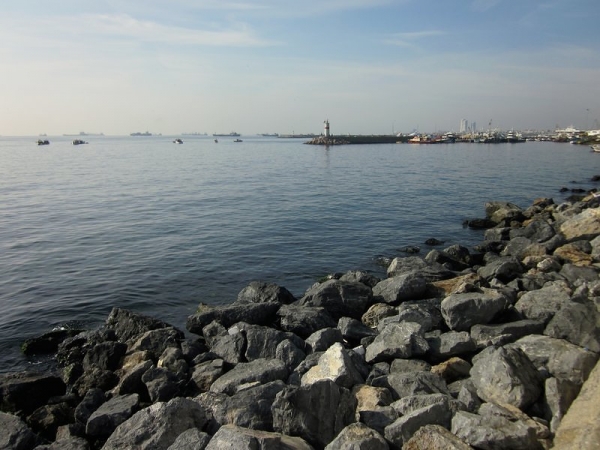
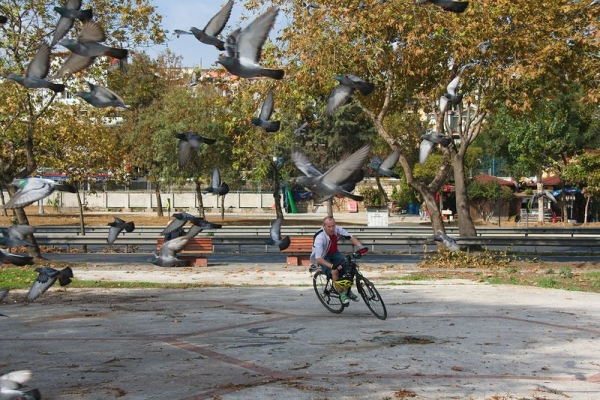
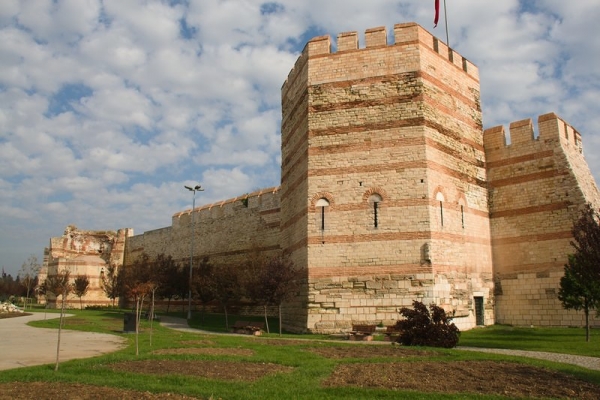
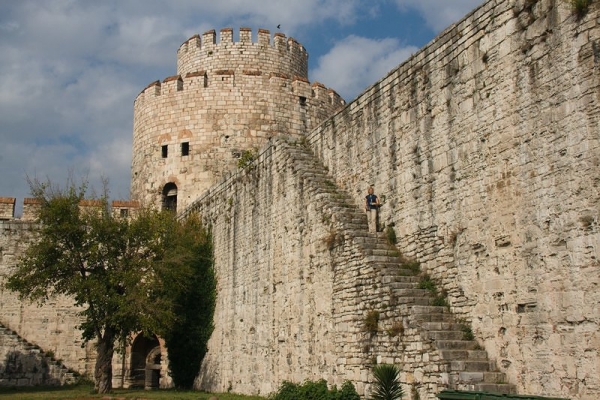
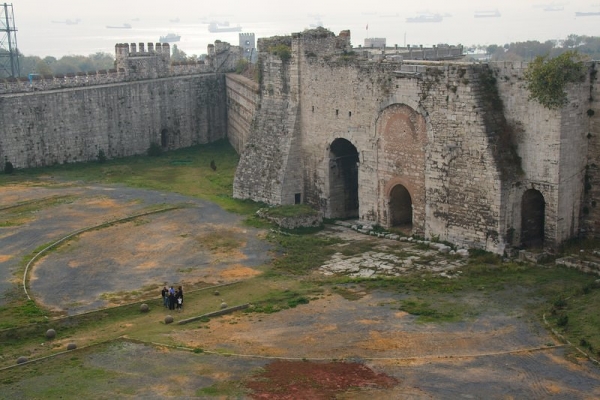
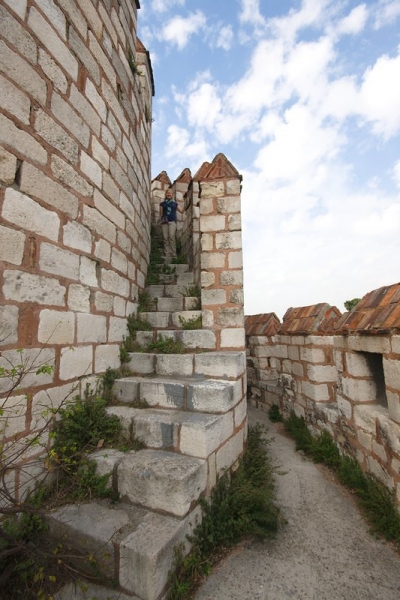
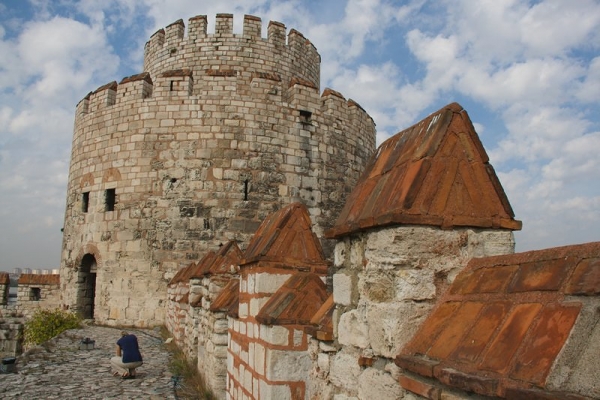
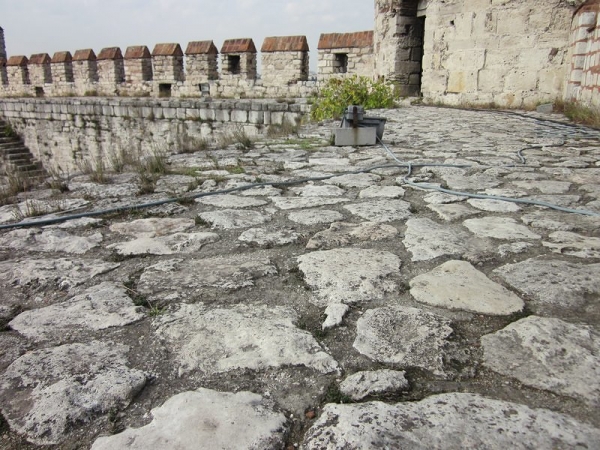
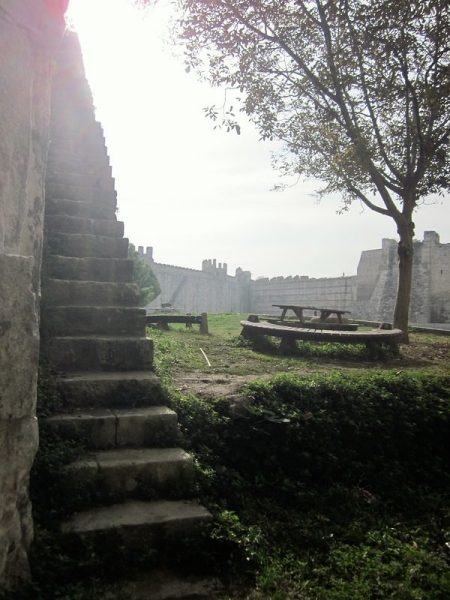
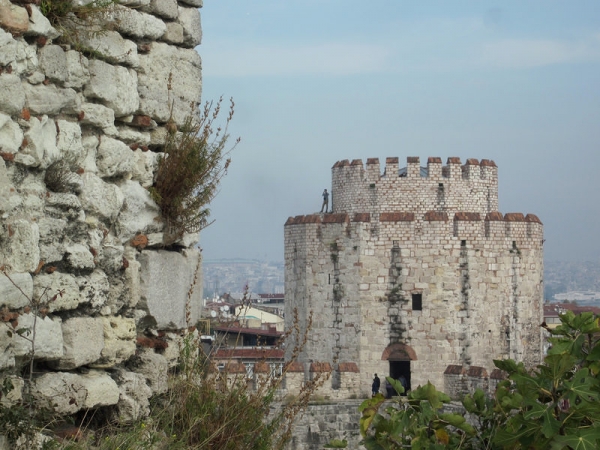
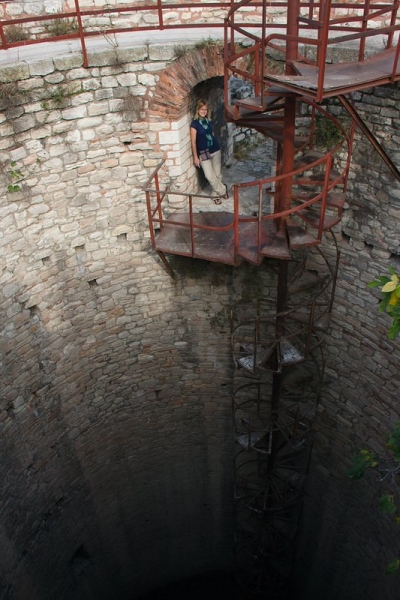
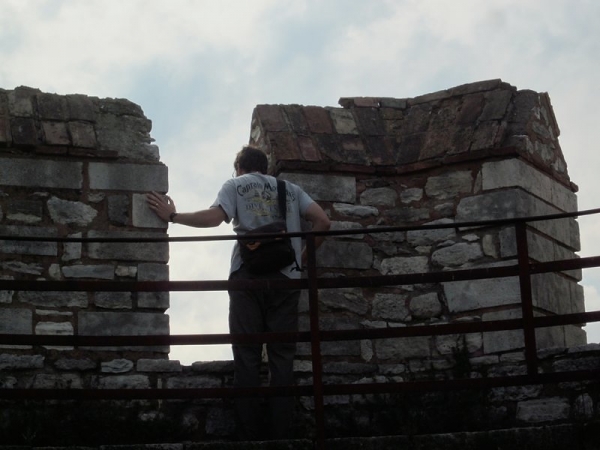
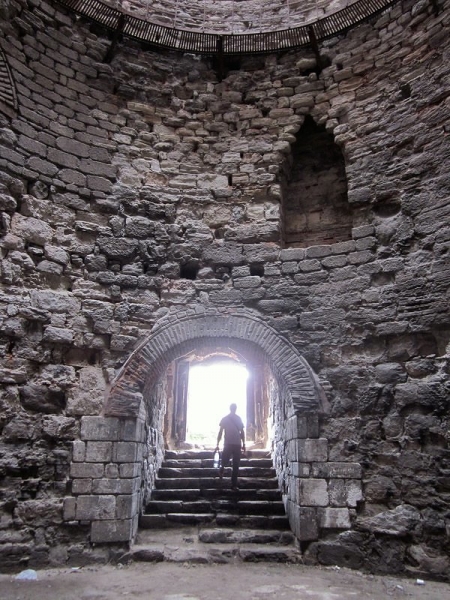
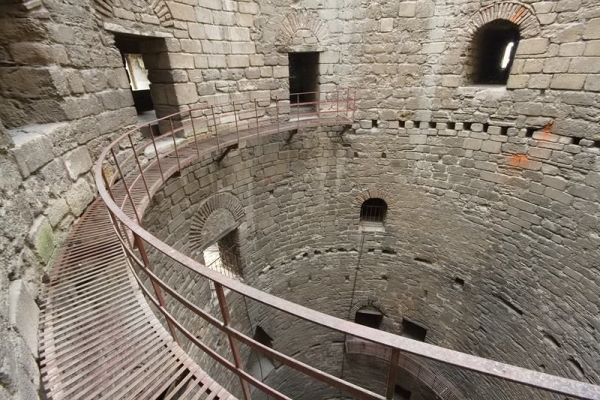
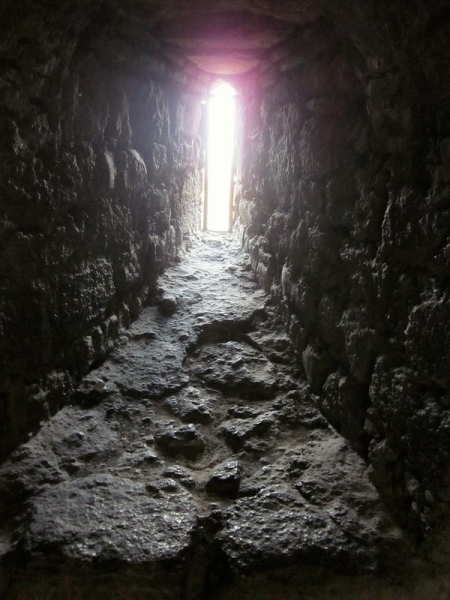
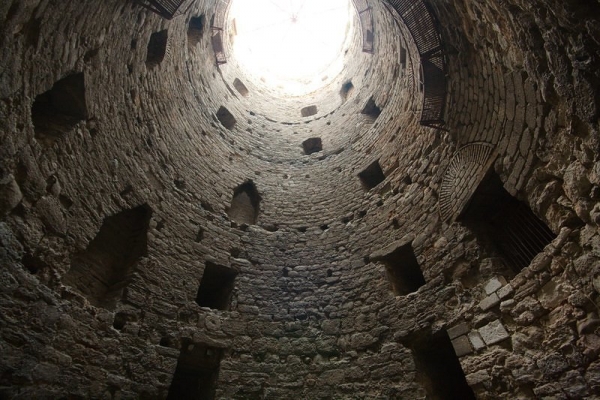
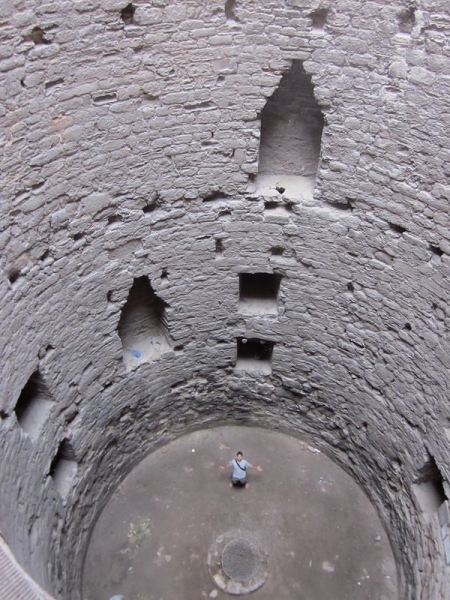
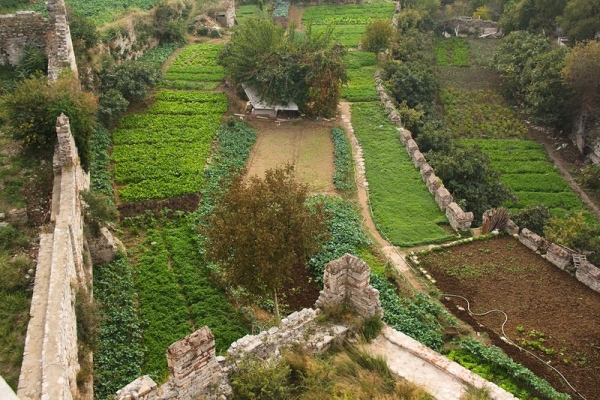
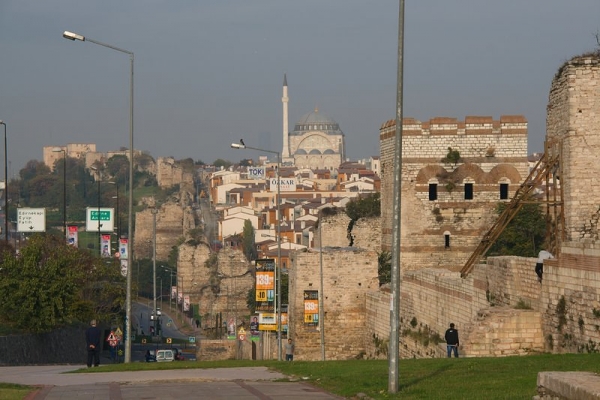
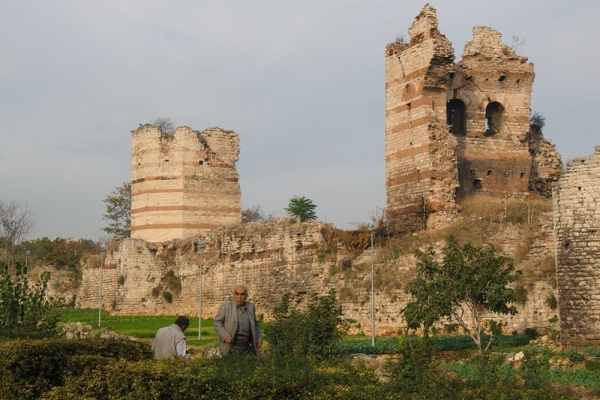
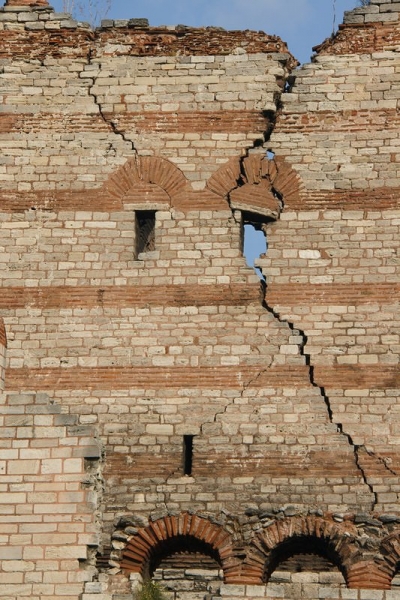
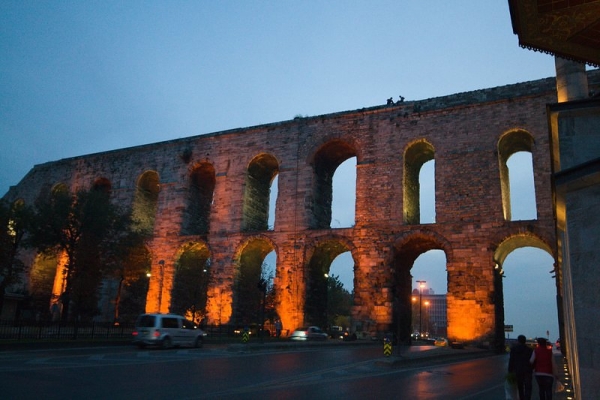





Unbelievable photos! I hope I can make it back to Turkey one day to check out these sights! Thanks for sharing.
-Gaby
Thanks Gaby! We couldn’t believe how few tourists were there, though it did take most of a day wandering there and back on foot… so I suppose that’s why. We would go back to Turkey in a heartbeat.
This actually looks like a very nice fortress to visit! Don’t know if I would enjoy it the wa you should, though, having a terrible fear of height.
I always wonder what I was like living in that time, in a structure like that…
It really did make for a great daytrip through the city. I can’t imagine what it would be like for a prisoner in one of those towers – what a dire existence!
Definitely way different from the rooms prisoners have these days…
The neighbourhood you show around the city walls, were originally the preserve of market-gardens and craft workshops, particularly the fur trade (which once produced some of the world’s best mink coats etc). It was predominately a Greek neighbourhood with many Orthodox Christian churches, but present there were also a sizeable community of Armenians, Georgians and Assyrians. This is because the Christians due to the oppressive Ottoman Islamic legal system were predominately forced into specific industries such as trades, crafts and farming. This was because many were considered and treated as 2nd class citizens and were required to pay the onerous tax burdens as cited within the Quran and Hadiths (IE Jizya tax)or be beheaded if they refuse to convert to Islam.
My own grandfather and grandmother had their own market garden in the area where you photographed, as well as operating a fur workshop (people had to work many differing jobs in order to survive in those days). Yet my grandparents were forced to leave in order to avoid the continual bloodshed, torture and persecutions that have been meted out to the indigenous Christian inhabitants of Istanbul and Anatolia for the last 800 years. Within this story which strikes a very sensitive nerve in Turkey and is illegal to even discuss, the towers which feature in your pics played a prominent role in the imprisonment, torture and death of many of these peoples including a number of my own forebears. So your beautiful photos have a very deep history behind them. One story I can offer is, is that the jailers once remained seated in the central part of the towers, while all the prison cells surrounded them. The cells would have dappled light, while the jailers sat in darkness, thus capable of seeing what the inmates were doing, while the prisoners could not see the jailers. Any infraction of rules by prisoners, and the common punishment was to be beaten upon the kidneys in such a way, that each time they needed to go to the toilet, they would end up wetting themselves. The other common punishment meted out, was to expose the feet and to beat the very soles of the feet with a thin, bendable wooden rod, countless times till the feet bled. I’ll spare you some of the more gruesome details, but I offer it as a bit of history behind the pics.
Thanks for sharing this. Your account of the history is better than any signboard.